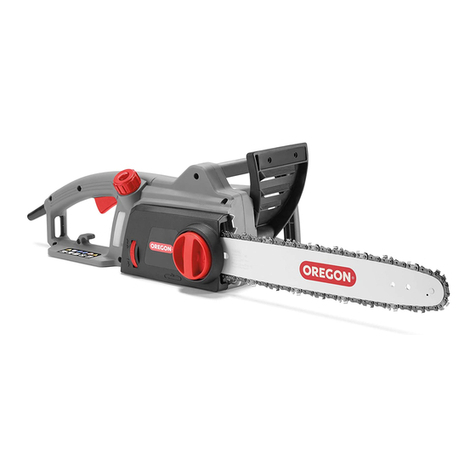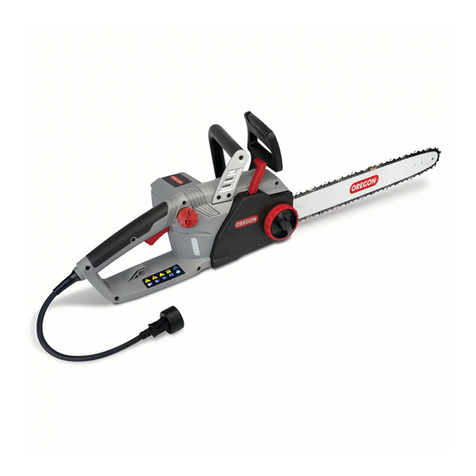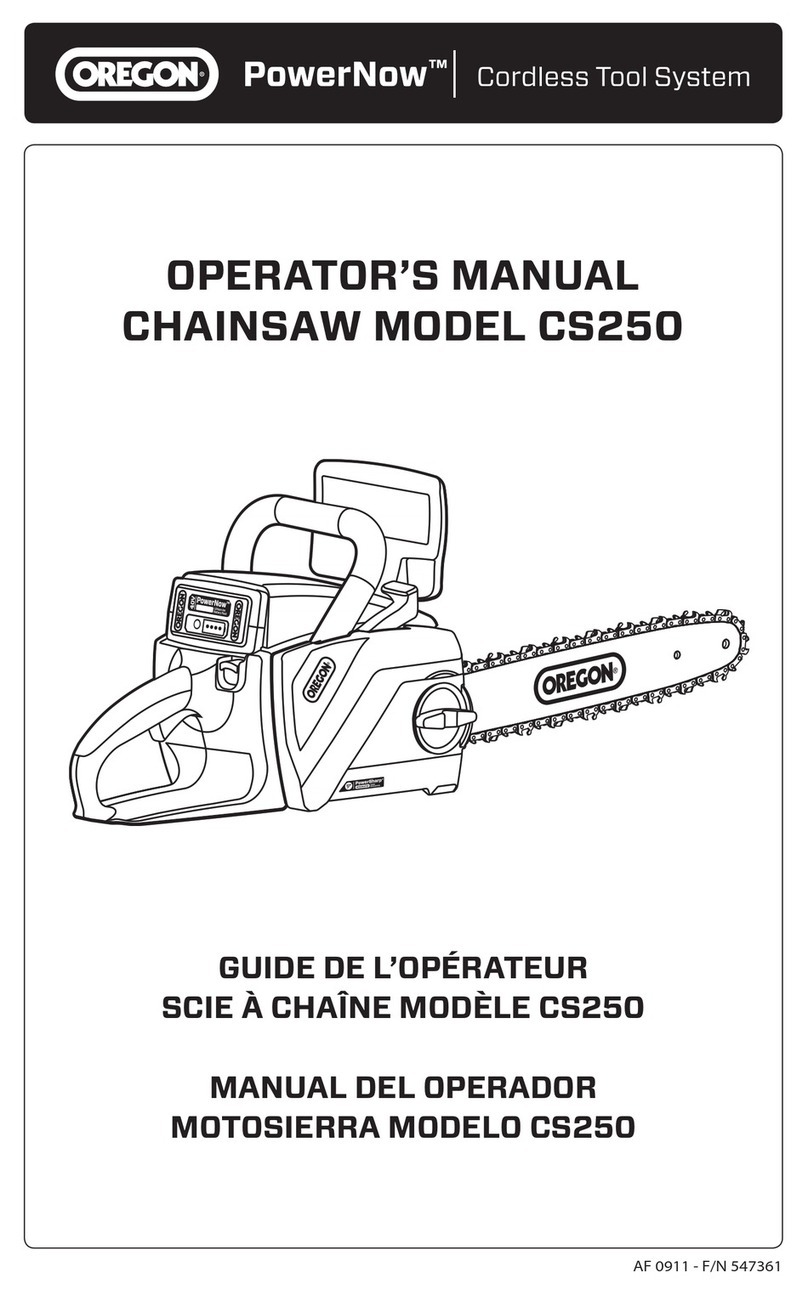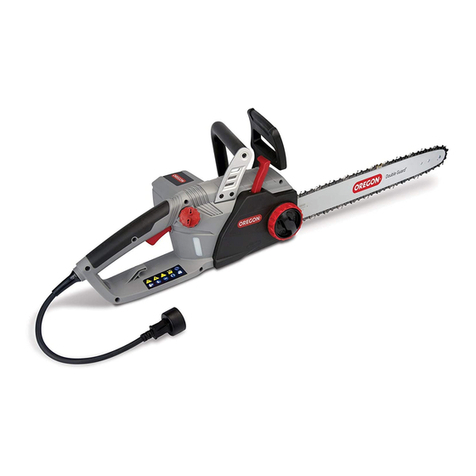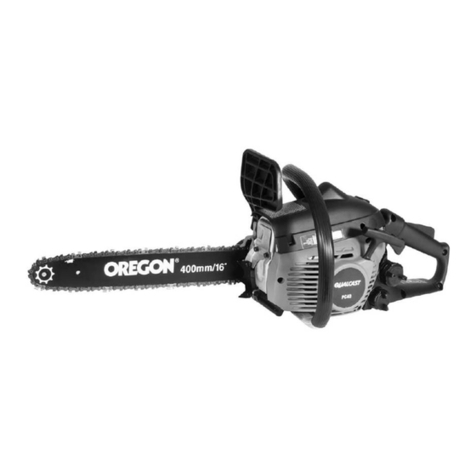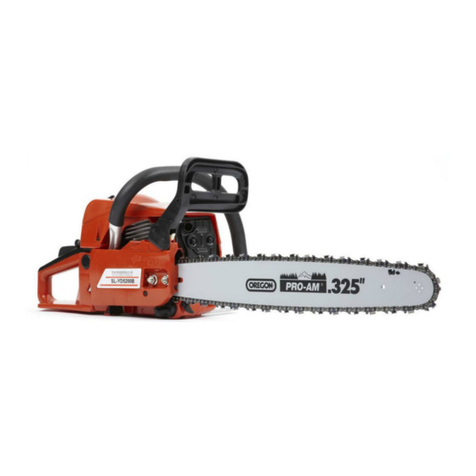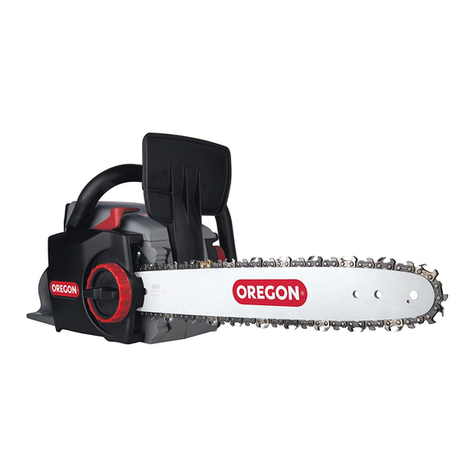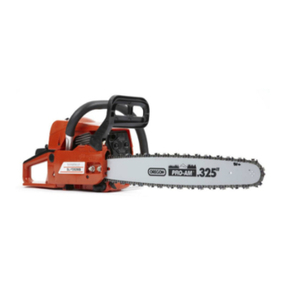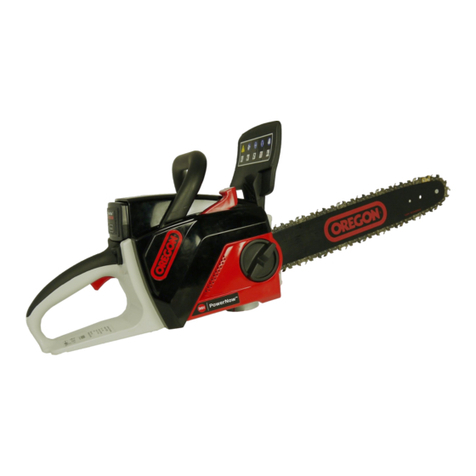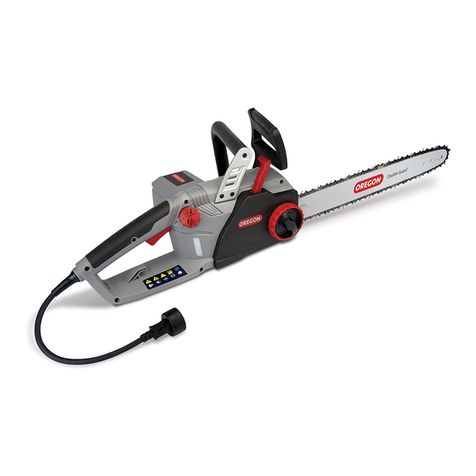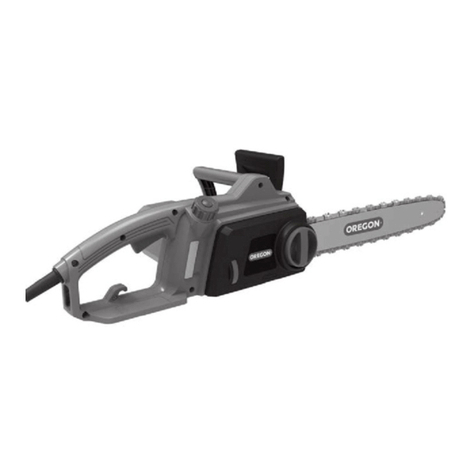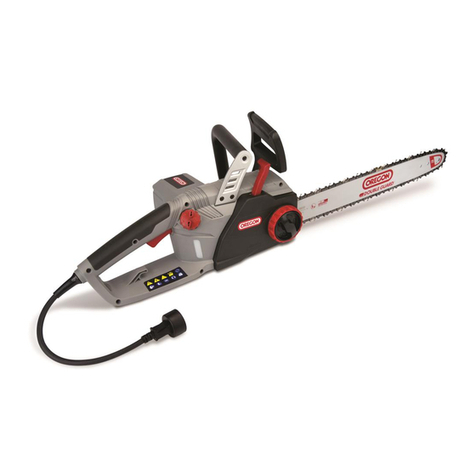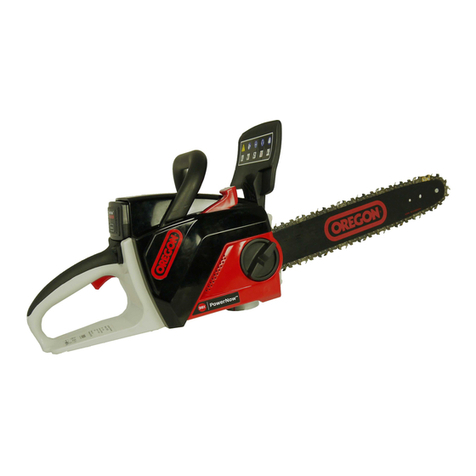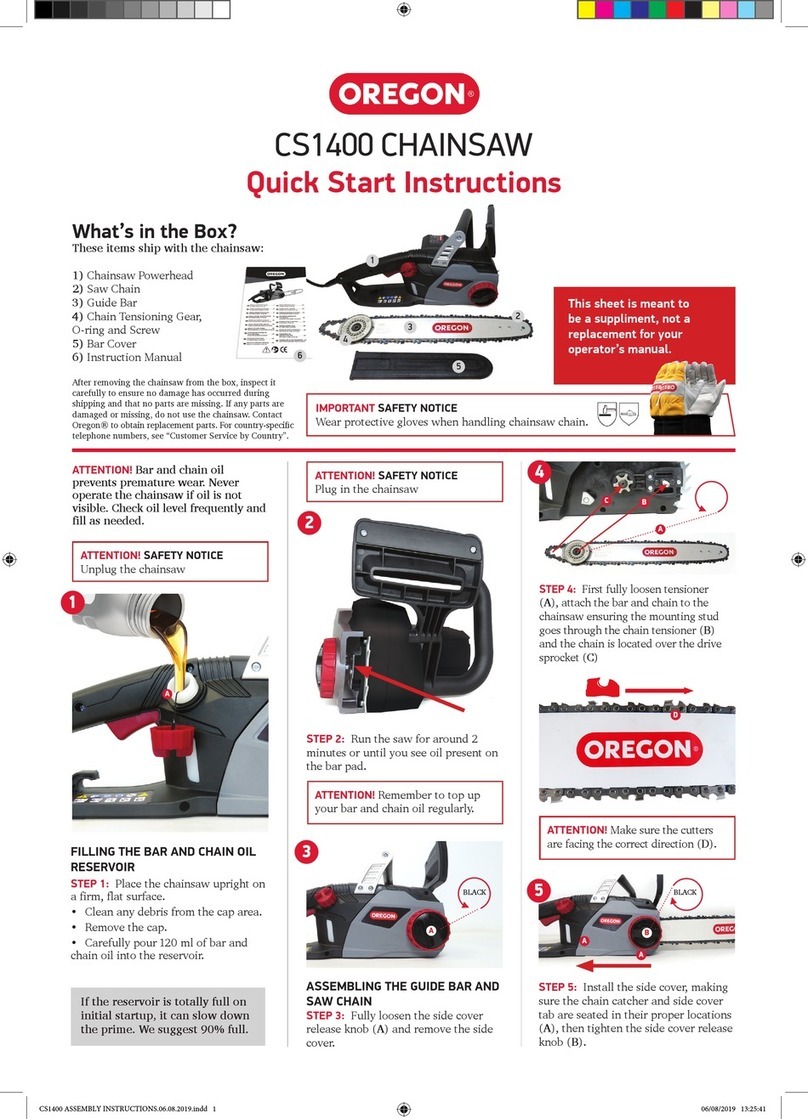
4Customer Helpline 0844 801 3652
Safety Information
Important - Please read these instructions fully before operating or maintaining
Operating and Maintenance Safety (continued)
WARNING: When using petrol tools, basic safety precautions, including the following, should always
be followed to reduce the risk of serious personal injury and/or damage to the unit. Read all of these
instructions before operating this product and save these instructions.
WARNING: This machine produces an electromagnetic eld during operation. This eld may under
some circumstances interfere with active or passive medical implants. To reduce the risk of serious
or fatal injury, we recommend persons with medical implants to consult their physician and the
medical implant manufacturer before operating this machine.
WARNING: This tool is designed only for use by one operator and intended for forest work. This tool
is designed only to be operated with the right hand on the rear handle and the left hand on the front
handle. The operator must read and understand the safety requirements in the instruction handbook
and use the appropriate personal protective equipment (PPE) before operating this tool. This tool is
designed to cut wood, it is not intended for cutting other material, such as rubber, stone, metals or
wood products not clear of foreign objects.
•DO NOT operate a chainsaw with one hand! Serious injury to the operator, helpers, bystanders, or
any combination of these persons may result from one-handed operation. A chainsaw is intended
for two-handed use.
•DO NOT operate a chainsaw when you are fatigued, under the inuence of drugs, alcohol or
medication.
•Use safety footwear, snug-tting Chainsaw protective clothing, protective gloves, and eye, hearing
and head protection devices.
•To avoid the risk of re use caution when handling the fuel and move the chainsaw at least 10 feet
(3m) from the fuelling point before starting the engine.
•DO NOT allow other persons to be near when starting or cutting with the chainsaw.Keep
bystanders and animals out of the work area.
•DO NOT start cutting until you have a clear work area, secure footing, and a planned retreat path
from the falling tree.
•Keep all parts of your body away from the saw chain when the engine is running.
•Before you start the engine, make sure that the saw chain is not in contact with anything.
•Carry the chainsaw with the engine stopped, the guide bar and saw chain to the rear, and the
mufer away from your body.
•DO NOT operate a chainsaw that is damaged, improperly adjusted, or not completely and securely
assembled.Be sure that the saw chain stops moving when the throttle control trigger is released.
•Shut off the engine before setting the chainsaw down.
•Use extreme caution when cutting small size brush and saplings because slender material may
catch the saw chain and be whipped toward you or pull you off balance.
•When cutting a limb that is under tension, be alert for springback so that you will not be struck when
the tension in the wood bers is released.
•Keep the handles dry, clean, and free of oil or fuel mixture.
•Operate the chainsaw only in well-ventilated areas.
•DO NOT operate a chainsaw in a tree.
•All chainsaw service, other than the items listed in the user manual safety and maintenance
instructions, should be performed by competent chainsaw service personnel.
•When transporting your chainsaw, use the appropriate guide bar scabbard. Tighten the cap of oil
and fuel tank to prevent the loss of oil and fuel during transport.
•DO NOT operate your chainsaw near or around ammable liquids or gases whether in or out of
doors. An explosion and/or re may result.
•Do not ll fuel tank, oil tank or lubricate when the engine is running.
•USE THE RIGHT TOOL: Cut wood only.Do not use the chainsaw for purposes for which it was not
intended.For example, do not use the chainsaw for cutting plastic, masonry, or nonbuilding
materials.
•The rst time user should have practical instruction in manual page 10 (barking Saw horse) in the
use of chainsaw and the protective equipment form an experienced operator.
•Do not attempt to hold the saw with one hand only. You cannot control reactive forces and you may
lose control of the saw, which can result in the skating or bouncing of the bar and chain along the
limb or log.
•Never run the chainsaw indoors. Your chainsaw produces poisonous exhaust fumes as soon as
the combustible engine is started, which may be colorless and odorless. This product can generate
dust, mists and fumes containing chemicals known to cause reproductive harm.Be aware of
harmful dust, mist (such as saw dust or oil mist from chain lubrication) and protect your self
properly.
•A note alerting the user to the fact that national regulation can restrict the use of the machine.
